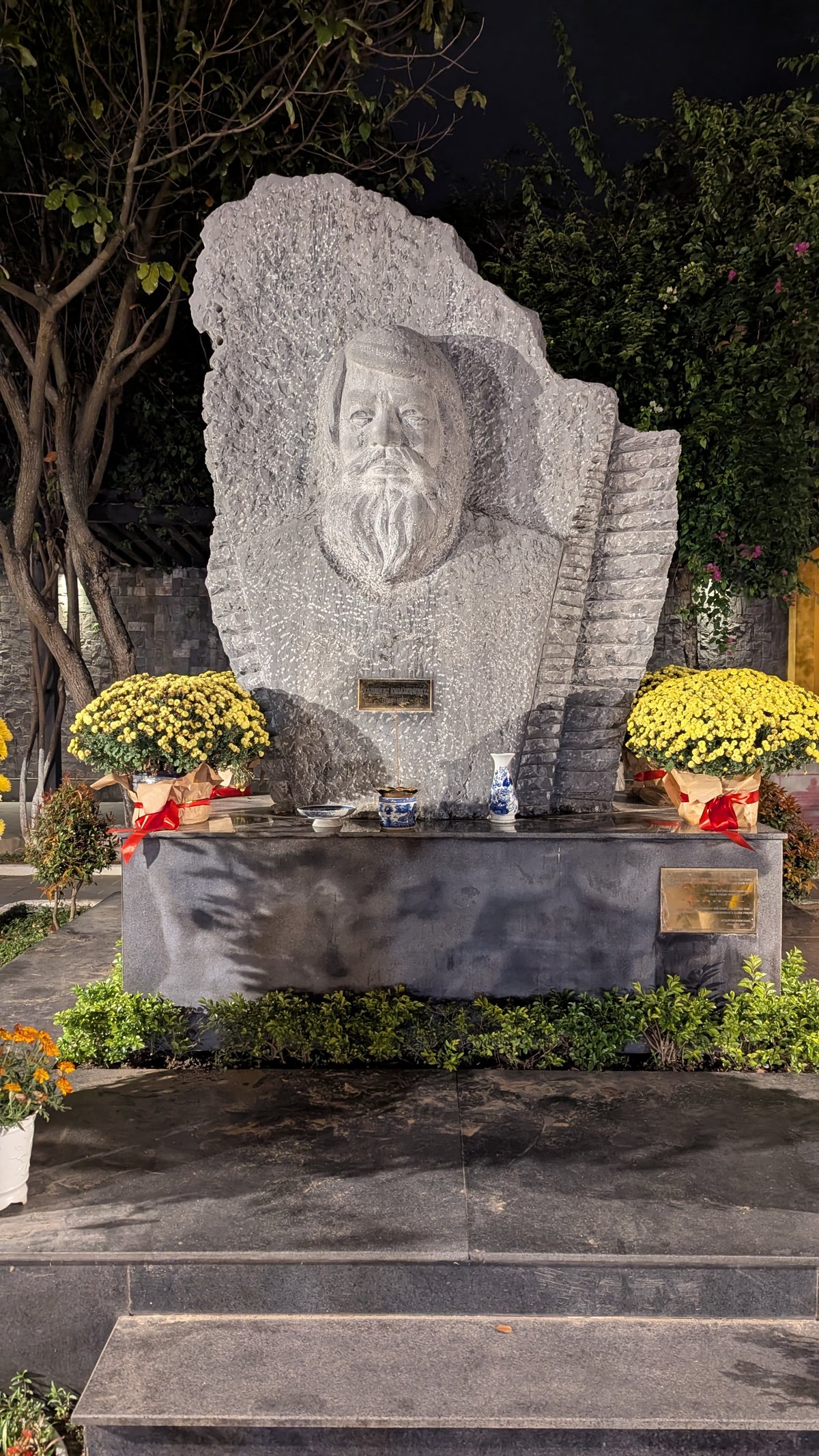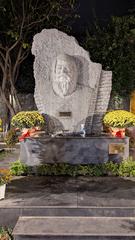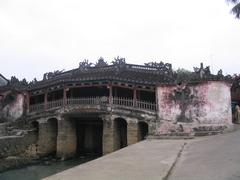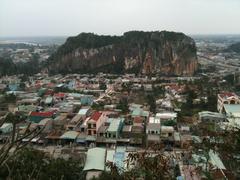
Visiting Hours, Tickets, and Tips for Phổ cổ Hội An, Hội An, Vietnam
Date: 19/07/2024
Introduction
Phổ cổ Hội An, also known as the Ancient Town of Hội An, is a captivating destination that offers a unique blend of history, culture, and architecture. Recognized as a UNESCO World Heritage Site in 1999, this well-preserved Southeast Asian trading port dates back to the 15th century and stands as a testament to the fusion of cultures that have shaped its identity over centuries. Visitors to Hội An can immerse themselves in its rich history, characterized by the influences of Chinese, Japanese, and European merchants who once thronged its bustling streets (UNESCO). The town’s picturesque streets, traditional wooden houses, and vibrant cultural festivals, such as the monthly Lantern Festival, create a magical atmosphere that has made Hội An a must-visit destination for travelers around the world (Vietnam Tourism). This comprehensive guide will provide you with all the essential information you need to plan your visit, including historical insights, visitor tips, and key attractions.
Table of Contents
- Introduction
- Ancient Beginnings
- The Golden Age - 15th to 19th Century
- Decline and Preservation
- UNESCO World Heritage Site
- Modern-Day Significance
- Key Historical Sites
- Visitor Information
- Special Events and Tours
- Photographic Spots
- FAQ
- Conclusion
Discover the Rich History of Phổ cổ Hội An
Ancient Beginnings
Phổ cổ Hội An, part of the Champa Kingdom, was established as a major trading port by the 2nd century AD. Known as Lam Ap Pho, it was crucial in the spice trade, connecting Southeast Asia with the rest of the world.
The Golden Age - 15th to 19th Century
During the Đại Việt period under the Lê and Nguyễn dynasties, Hội An, then known as Faifo, became an international trading hub. Merchants from China, Japan, India, and Europe flocked to Hội An, creating a melting pot of cultures.
Japanese Influence
Japanese traders established a vibrant community, leaving behind the iconic Japanese Covered Bridge (Chùa Cầu), built in the early 17th century. This bridge symbolizes the harmonious relationship between the Japanese and Chinese communities.
Chinese Influence
Chinese merchants built numerous assembly halls, temples, and pagodas, such as the Phuc Kien Assembly Hall and the Cantonese Assembly Hall, reflecting their rich cultural heritage.
Decline and Preservation
By the late 19th century, the rise of Đà Nẵng and the silting of the Thu Bồn River led to Hội An’s decline as a trading port. However, this decline helped preserve its historical architecture and cultural heritage, protected by the Vietnamese government in the late 20th century.
UNESCO World Heritage Site
In 1999, Hội An Ancient Town was designated a UNESCO World Heritage Site. This recognition has attracted international attention and funding for its conservation.
Modern-Day Significance
Today, Hội An is a vibrant tourist destination, known for its picturesque streets, traditional wooden houses, and cultural festivals. The annual Hội An Lantern Festival is a must-visit event.
Key Historical Sites
Japanese Covered Bridge (Chùa Cầu)
Built in the early 17th century, this bridge features a unique blend of Japanese, Chinese, and Vietnamese architectural styles.
Phuc Kien Assembly Hall
Built in 1690 by Chinese merchants, this hall is dedicated to Thien Hau, the goddess of the sea.
Tan Ky House
An 18th-century merchant’s house that offers insight into the life of a wealthy trading family in Hội An.
Quan Cong Temple
Built in 1653, this temple is dedicated to Quan Cong, a revered Chinese general.
Visitor Information
Visiting Hours: Hội An Ancient Town is open daily from 8:00 AM to 9:00 PM.
Tickets: Entrance tickets cost around 120,000 VND for adults and 60,000 VND for children.
Travel Tips:
- Wear comfortable shoes, bring water, and visit early to avoid crowds.
- The best time to visit Hội An is from February to April when the weather is mild and rainfall is minimal.
- Hội An is easily accessible from Da Nang, which has both an international airport and a train station. From Da Nang, you can take a taxi or a shuttle bus to Hội An.
Nearby Attractions:
- Check out Cua Dai Beach and the My Son Sanctuary.
Special Events and Tours
Participate in guided tours to explore Hội An’s historical sites in depth. Don’t miss the Hội An Lantern Festival held on the 14th day of each lunar month.
Photographic Spots
Capture the beauty of Hội An at the Japanese Covered Bridge, Tan Ky House, and during the Lantern Festival.
FAQ
Q: What are the visiting hours for Phổ cổ Hội An?
A: Hội An Ancient Town is open daily from 8:00 AM to 9:00 PM.
Q: How much do tickets cost for Phổ cổ Hội An?
A: Entrance tickets cost around 120,000 VND for adults and 60,000 VND for children.
Q: What are some must-see historical sites in Phổ cổ Hội An?
A: Must-see attractions include the Japanese Covered Bridge, ancient houses, traditional assembly halls, and the monthly Lantern Festival.
Conclusion
Phổ cổ Hội An’s history is a testament to its cultural significance and role as a major trading port in Southeast Asia. From its ancient beginnings to its golden age, Hội An continues to captivate visitors with its well-preserved historical sites and vibrant cultural heritage. Whether you are exploring the narrow streets, participating in traditional crafts, or enjoying the magical ambiance of the Lantern Festival, Hội An offers an enriching experience that leaves a lasting impression.
For the latest updates and more travel inspiration, don’t forget to download the Audiala mobile app and follow us on social media.
References
- UNESCO, 1999, World Heritage Centre source url
- Vietnam Tourism, 2024, Vietnam National Administration of Tourism source url


